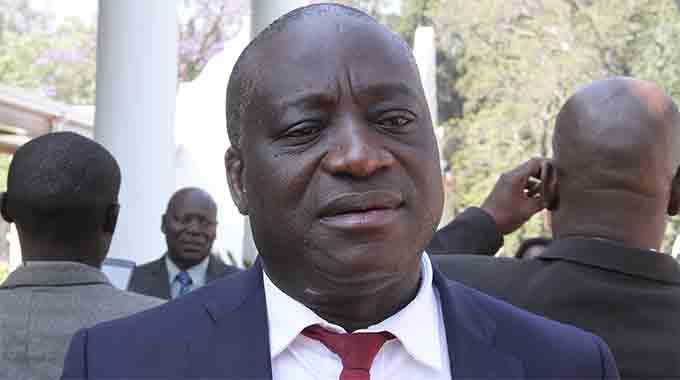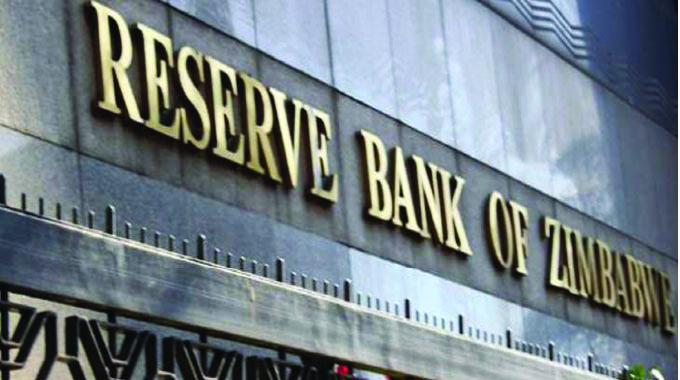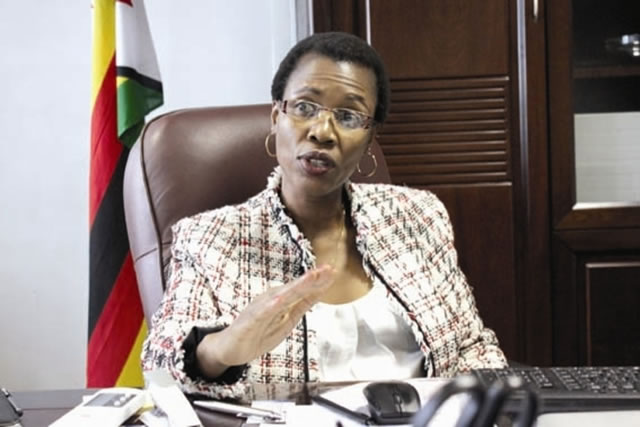EDITORIAL COMMENT: Slashed inflation shows new defence works

THE crash in monthly inflation to 3,5 percent, the lowest monthly figure since July last year, 14 months ago, marks the end of that five-month spike in price rises that caused so much distress this year, and the preceding eight months of month-on-month inflation inching up.
The existence of this five-month spike of double-digit monthly inflation, peaking at 30,7 percent in June, means that movement in annual inflation rates is not going to be dramatic until the middle of next year, although annual inflation did drop from 285 to 280 percent this month.
But annual inflation measures happened in the last year. If the actual monthly jumps are a series of discontinuous functions, as ours was, it gives zero information on predictable trends.
We can now expect this annual figure to continue inching down each month, and then suddenly fall dramatically over the five months between May and September next year as that spike we have come through falls out of the calculation.
That is all the high number now means, that the spike is still included in the calculation.
The month-on-month inflation figures do give the trend, and there is a rather useful graph on the Reserve Bank of Zimbabwe’s website showing the high bulges of the first half of 2010 and the first half eight months of 2022 connected by the low monthly inflation of around 20 months between them and no starting again.
The low monthly figure seen this month is likely to continue into next month. ZimStat gather most of the data, the actual prices for the hundreds of items they measure, during the second week of each month.
Prices appear to have been largely stable or falling slightly over the last fortnight and that trend will be picked up in the official data collection in just over a fortnight.
This five-month spike, and the previous couple of months as the previous stability wavered, was largely man-made, rather than a result of any major problem within the fundamental economic indicators.
Zimbabwe’s balance of payments continues to climb into new record surpluses this year, with what we see in inflows of foreign currency way above what we see in outflows.
By the end of last month, eight months into the year, we had seen inflows of US$7,7 billion and outflows of US$5,1 billion, and any economy that sees a positive balance of 50 percent of its outflows on the current account is in seriously good shape.
Admittedly the split of inflows into retained export earnings, surrendered export earnings and the free funds generated by diaspora remittances and other inflows can create a bit of turbulence, since the outflows are then also split into three.
But steps are now being taken to get more money moving between the three pools.
The other major indicator is that the Government is operating within its Budget with minimal lending. The mini-Budget at mid-year was largely to adjust both the income figure, what Zimra collects in taxes, and the spending figure, how the Government spends that tax money, in nominal terms to cope with the inflation spike.
This means in both what was being spent and what now can be spent is coming from taxes, not borrowing or printing money. In other words, the Government is not creating money, as it did in past dispensations.
The inflation spike was largely driven, most agree, by a huge surge in the exchange rates generated in the black market, and those were generated by large amounts of local dollars being dumped in that market to buy US dollars, and this was made worse by speculators arbitraging between several markets and over time.
Temporal arbitraging when you have the chance is buying foreign currency today on the black market and then selling it a couple of months down the line at a profit, even when you take into account the dramatic margin between buy and sell prices in the back market.
The measures taken to stop this speculation were first legal, which were not really effective, and then a solid movement into market forces, which were very effective in drying up the quantity of local dollars that could be created in the private sector for dumping in the black market.
These included the 200 percent interest rate, the selling of gold coins at a price generated by global gold prices and the interbank exchange rate that took $9 billion out of circulation for the release of less than 300kg of gold and the Government stopping some of its contractors from looting the Treasury.
Very largely the private sector has been forced to copy Government and stop what amounts to printing money, an interesting reversal of past trends.
One of the more interesting decisions made by the Monetary Policy Committee of the Reserve Bank of Zimbabwe in its latest meeting is to retain the interest rate on loans at 200 percent. The annualised annual inflation on the September figure is around a quarter of that. Two reasons suggest themselves, besides the obvious of wishing to consolidate the destruction of the inflationary spike.
The first is those who worship annual inflation figures, rather than look at the trends.
They are still in the position whereby borrowing does not make sense. But the second unstated reason is probably the need to ensure that those who caused the inflation spike by high-level borrowing earlier this year cannot profit by their actions.
Loans are still being paid off, and those who borrowed money, which then became very expensive, no longer have profits to repay that money. They will take a beating and, interestingly, cannot complain since hardly anyone is going to demand that speculators are allowed to escape unharmed. Indeed if some go bankrupt the only public reaction is likely to be a few cheers.
But we have learned from that spike in inflation between May and August, and we have learned what does work to tame speculators in the short term, what needs to be done in the longer term and what does not work.
The ingenuity of those wanting to make money without producing anything or offering a valuable service is almost limitless. So the authorities, the Reserve Bank and the Government, need to keep their eyes open and be able to move swiftly when the next assault is made, as soon as it is made.
We now know that while legal moves can help, the prime defence needs to use the markets to hammer the speculators, that is make their speculation useless and without value. Next time, and regrettably someone is probably already looking at the angles for another bubble in something, we need to be able to swing into effective action almost instantly.











Comments